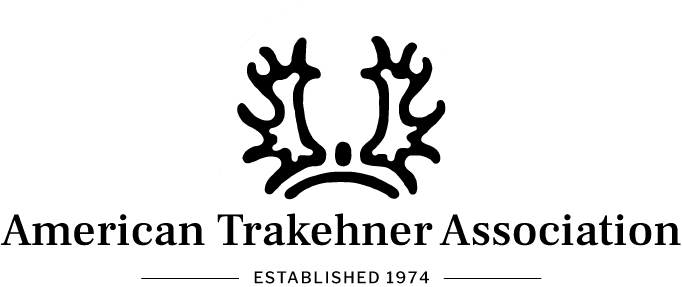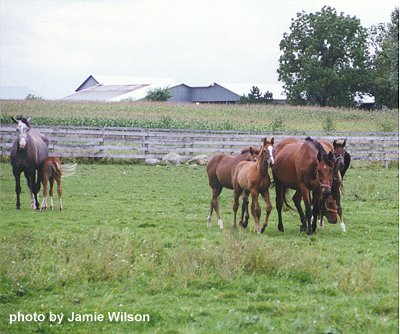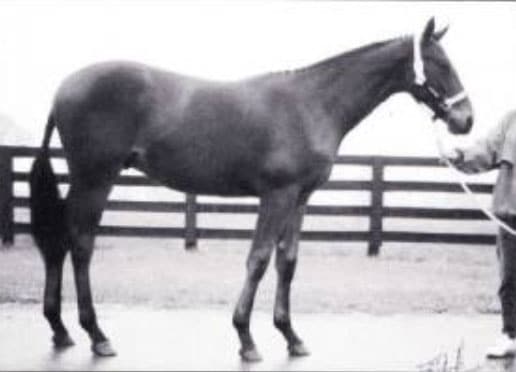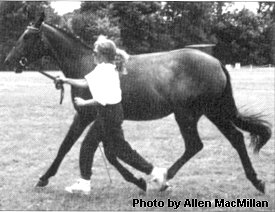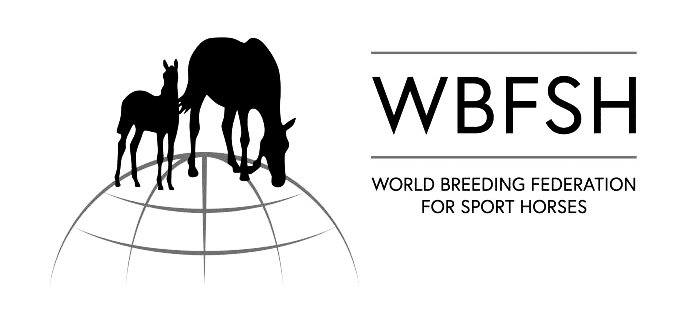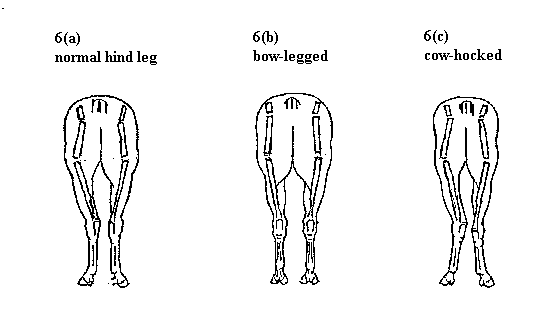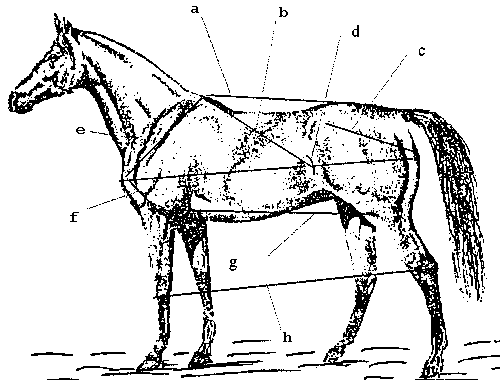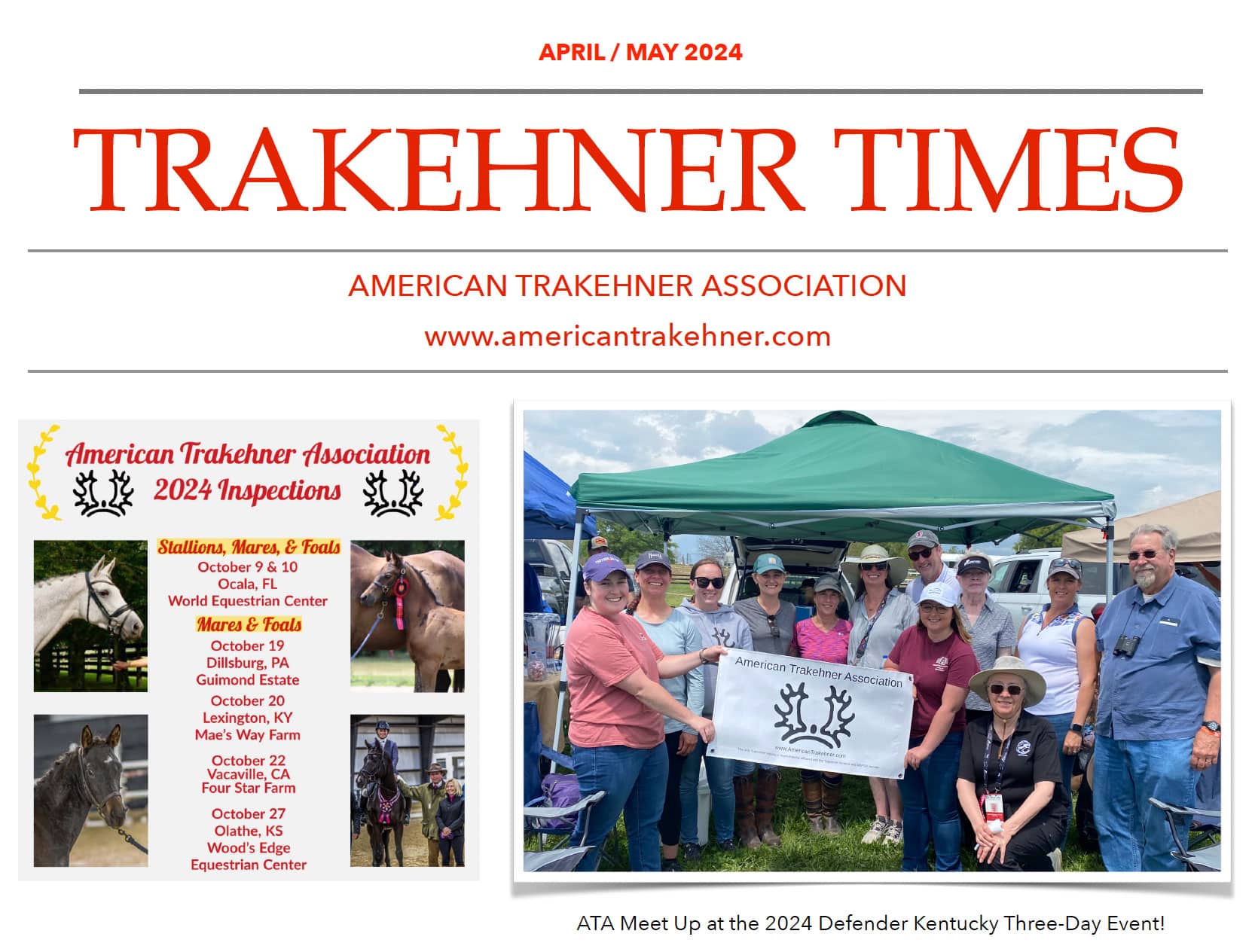
Trakehner Times – April/May 2024
Show Results Morven Park Spring HT Christine Turner’s TSETSERLEG TSF *Pg* (E.H. Windfall *Pg*E*/Thabana *M*/E.H. Buddenbrock) and Boyd Martin finished 3rd in Open Intermediate. Bred by New Spring Farm. Pat Luttgen and Tim Holekamp’s FLIRT (E.H. Windfall *Pg*E*/First Flight Romance/Heraldik xx) and Boyd Martin finished 6th in Open Training A.
